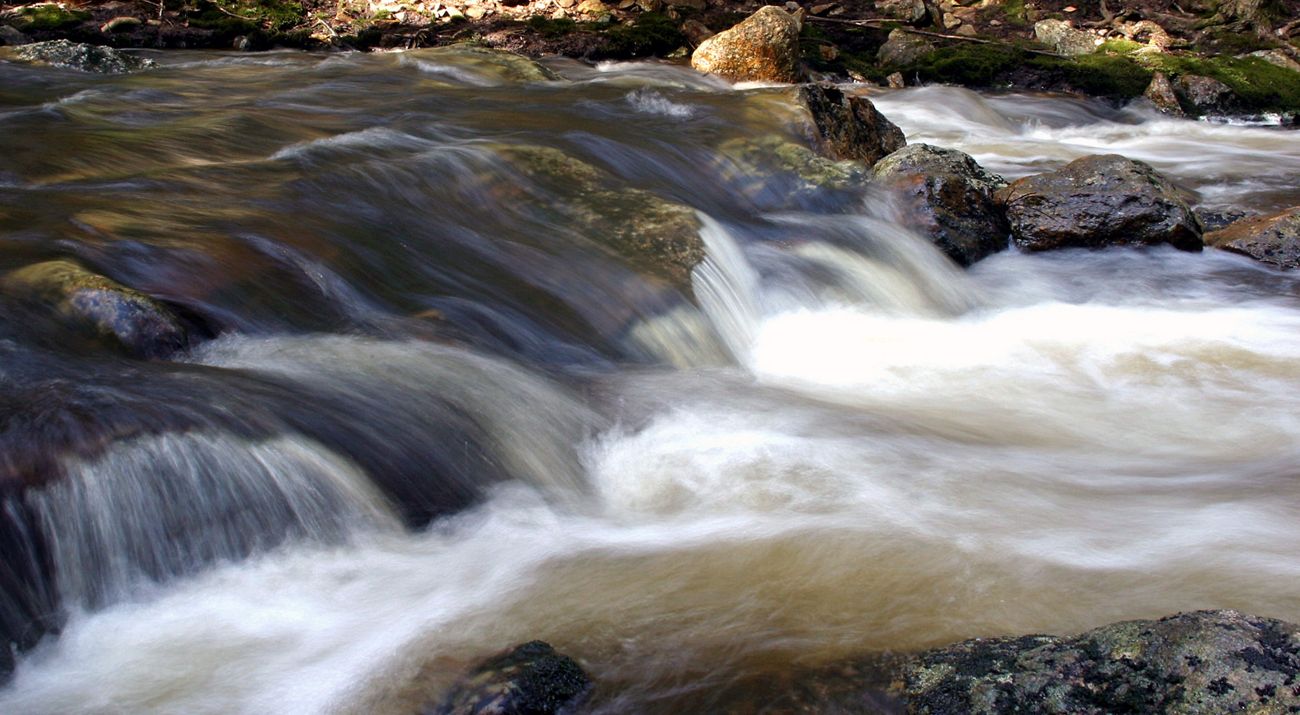Description
Why is this land special?
The Wales Preserve is 4.5 miles south of Peterborough in Sharon on a plateau of rolling, wooded, hilly uplands averaging between 900 and 1,200 feet above sea level. Temple Mountain, at 2,005 feet, is four miles to the east, and Grand Monadnock, at 3,165 feet, is seven miles northwest.
The most prominent feature of the preserve is the Gridley River. Also known as McCoy's Sabbath Day Trout Creek, the tannin-stained stream has brook trout in its upstream reaches. A series of small cascades hasten the Gridley's descent. Along its course through the preserve lies a series of tiny islands, one of which supports the preserve's largest tree, a white pine measuring 34 inches in diameter, as well as a variety of wetland plant species. Approximately 700 feet in from the road, a power line cuts a fifteen-foot wide swath roughly north to south across the preserve. Much of this formerly cleared corridor is fast becoming overgrown with saplings and shrubs and provides excellent browse for the white-tailed deer and snowshoe hare. Beaver have been active in the area to the east of the preserve.
The Gridley River bank presents a lush appearance in midsummer: thriving stands of royal, sensitive, and cinnamon ferns crowd the bank, some even colonizing exposed midstream rocks. They vie for space with whorled wood asters and eastern Joe-pye weed. The islands and surrounding wetlands are dotted with common arrowhead, greater blue flag, tall rattlesnake root, Jack-in-the-pulpit, bloodroot, tall meadow rue, and dwarf enchanter's nightshade. Clintonia and trailing arbutus are abundant in the wet woods near the stream. Here, witch hazel, lowbush blueberry, witherod, and hobblebush predominate. Partridgeberry, wintergreen, starflower, painted trillium, pink lady's slipper, and bunchberry are but a few of the wild flowers which grow throughout the Wales Preserve.
The surrounding wooded slopes on the preserve grade from hemlock and red maple along the streambed to a mixed coniferous and deciduous forest further from the bank. Overall, red maple and eastern hemlock are the most common canopy species, a forest composition typical of the Monadnock region. Vegetation is particularly dense south of the stream.
How was this land protected?
The 48-acre Wales preserve was donated to The Nature Conservancy in January 1966 by Mr. Ralph and Betty Wales. Mr. Wales donated 23 acres in 1966 and an additional 25 abutting acres along the Gridley River in 1986.
Mr. Ralph Wales was a member of the original Board of Trustees for the NH Chapter of The Nature Conservancy in 1963. He sent a letter to Dr. Walter Boardman, executive director of The Nature Conservancy, in July 1964 stating that he had 20 acres of land in Sharon, NH that he was interested in donating. Mr. Wales was a friend of Dick Goodwin who later became President of The Nature Conservancy in 1964. He said the land was on both sides of a river and had several cascades and small waterfalls. He even mentioned a large white pine on the property.
Dr. Boardman sent him a follow-up letter saying he remembered Mr. Wales and that the land appeared to have scenic value and might make a good bird sanctuary. TNC sent out an scientist or naturalist to assess the ecological features and value of the property. They then had a Project Review Committee of the Board of Governors review the assessment to determine if the land had sufficient ecological value for TNC to own and manage it. TNC felt it was worth accepting the donation because the Gridley River was a high quality trout stream and quite scenic.
